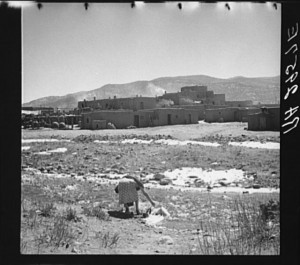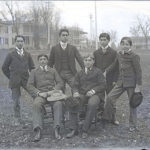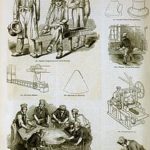Native American women were often dismissed as drudges or near-slaves by European men who saw them working in fields or performing the many chores inherent to village life. European women were seldom viewed much differently, but their reality was quite different. European women had few or no rights, and were under the control of males at every stage of their lives unless they were extremely privileged or exempted in some way due to special circumstances. In contrast, Native American women had political and property rights that protected them and gave them power. Many tribes were matrilineal. A new husband lived with his wife’s family and did not control her property. Unlike European women, Native women could initiate divorces, throw men out of the household, and keep their property.
Unfortunately, European men interested in trading fell back on their own traditional stereotypes and wanted to deal with Native men, only. Consequently, women were pushed to the sidelines of commerce. Europeans wanted to make treaties with men, only, so women were pushed aside in this respect, as well. In far too short a time, Native women reflected the status of European women, much to their detriment.
______________________________________________________________________________________








